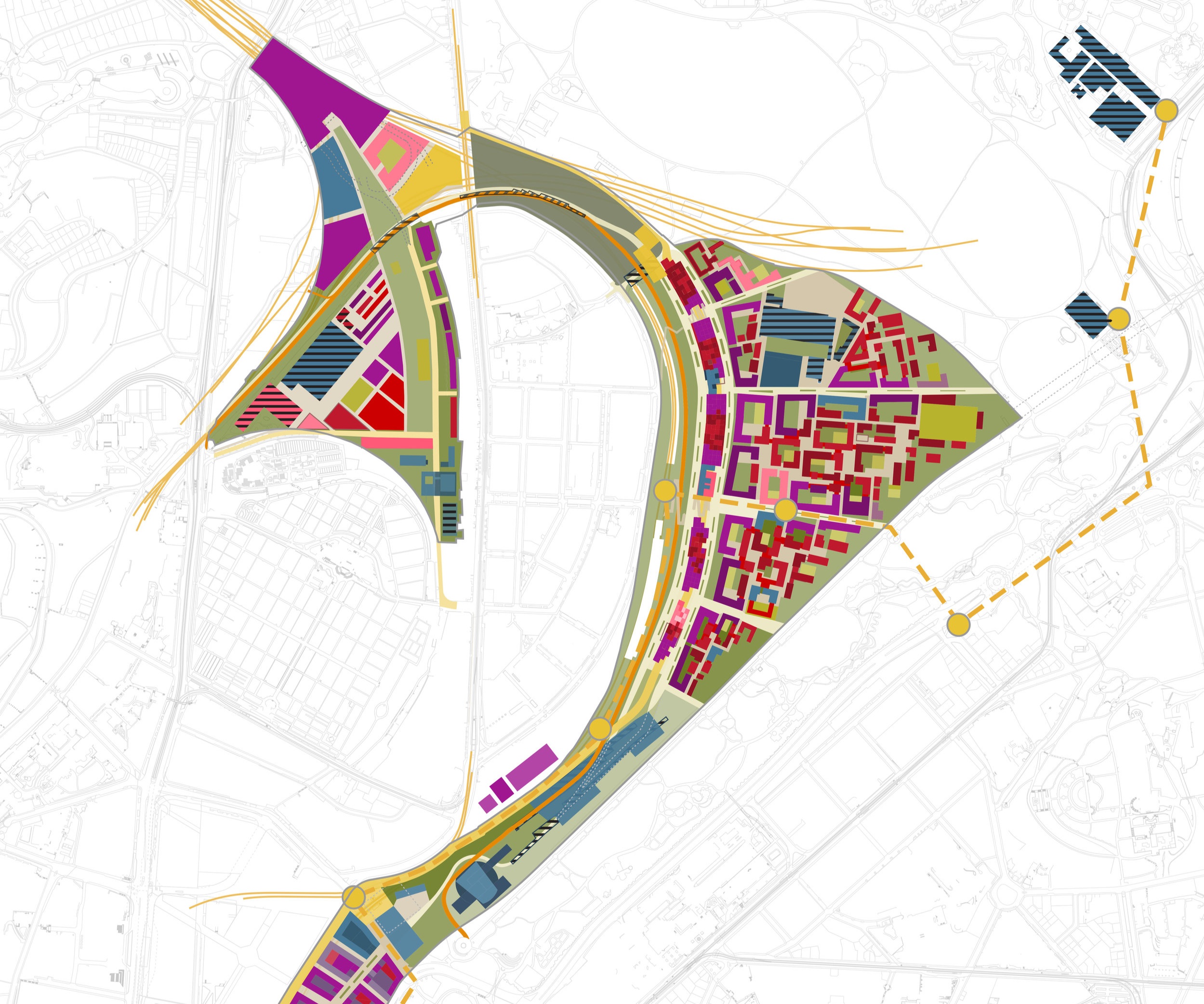
Rosenstein

ROSENSTEIN QUARTER/ STUTTGART GERMANY
What does it mean to be a model city for the future?
A model city for the future continues to develop and improve. It is a model for future urban planning and development. The master plan for the Rosenstein quarter is a first phase of the continuous development process. A main goal is to create and maintain an urban habitat that has a low impact on nature. An idea for a better natural habitat for the people of Rosenstein.
The Rosenstein Master Plan addresses four main themes: The first point "Stuttgart: Integrating sustainability" deals with the urban context, the following three points create a model of sustainable development.
Stuttgart: The integration of sustainability
Stuttgart's urban development dates back to the 13th century. The Rosenstein Plan begins with a deep understanding of the steps that Stuttgart's urban development has taken to date, the situation in which the city now finds itself, and the goals the city has set itself for the future.
The ecological integration of the Rosenstein Quarter begins with the transformation of the distinctive topography of the site into an ecosystem in which the city is the essential component. This will require interventions in the linking and modification of the existing infrastructure to enable the creation of habitats for local biodiversity.
Demographically, the city of Stuttgart is growing continuously, its population is getting older and comes from different cultural backgrounds. Adaptation to the needs of specific groups and fair inclusion are necessary in order to create a common city identity. Our proposal supports the possibility of participation and influence of the Stuttgart citizens in order to actively shape the development of the district.
Economically, Stuttgart has followed the development from agriculture and industrial production to today's knowledge-based and service-oriented economy. Stuttgart-based companies, networks and institutions have comprehensive competences that are relevant for an innovative master plan - for example in relation to research in the fields of advanced building production, hydrogen fuel cells and light electric vehicles as well as in the field of environmental technologies. The Rosenstein Master Plan integrates seamlessly into the Stuttgart economy by selecting strategies that build on existing networks and competencies.
Society - Culture: The Conscious Community
Developing a city map that aims to integrate human activity with nature at a primary functional level means more than just ecological implications. Spaces of natural beauty have the potential to give people a sense of connection with their place, as do large squares, parks, or cathedrals. A district enriched and embellished by nature, with a strong sense of place, has great potential to be a district that is liked by its inhabitants. What is more, people identify with their neighborhood and take care of it.
Public spaces created by nature have the advantage of making people's lives in the area healthier and less damaging to the environment. It is above all the attachment that the inhabitants feel to their place that will enable the neighborhood to develop in the future. By interlocking public spaces and facilities and strengthening new and existing networks, the Rosenstein Master Plan will create and increase solidarity and optimism among its future residents.






